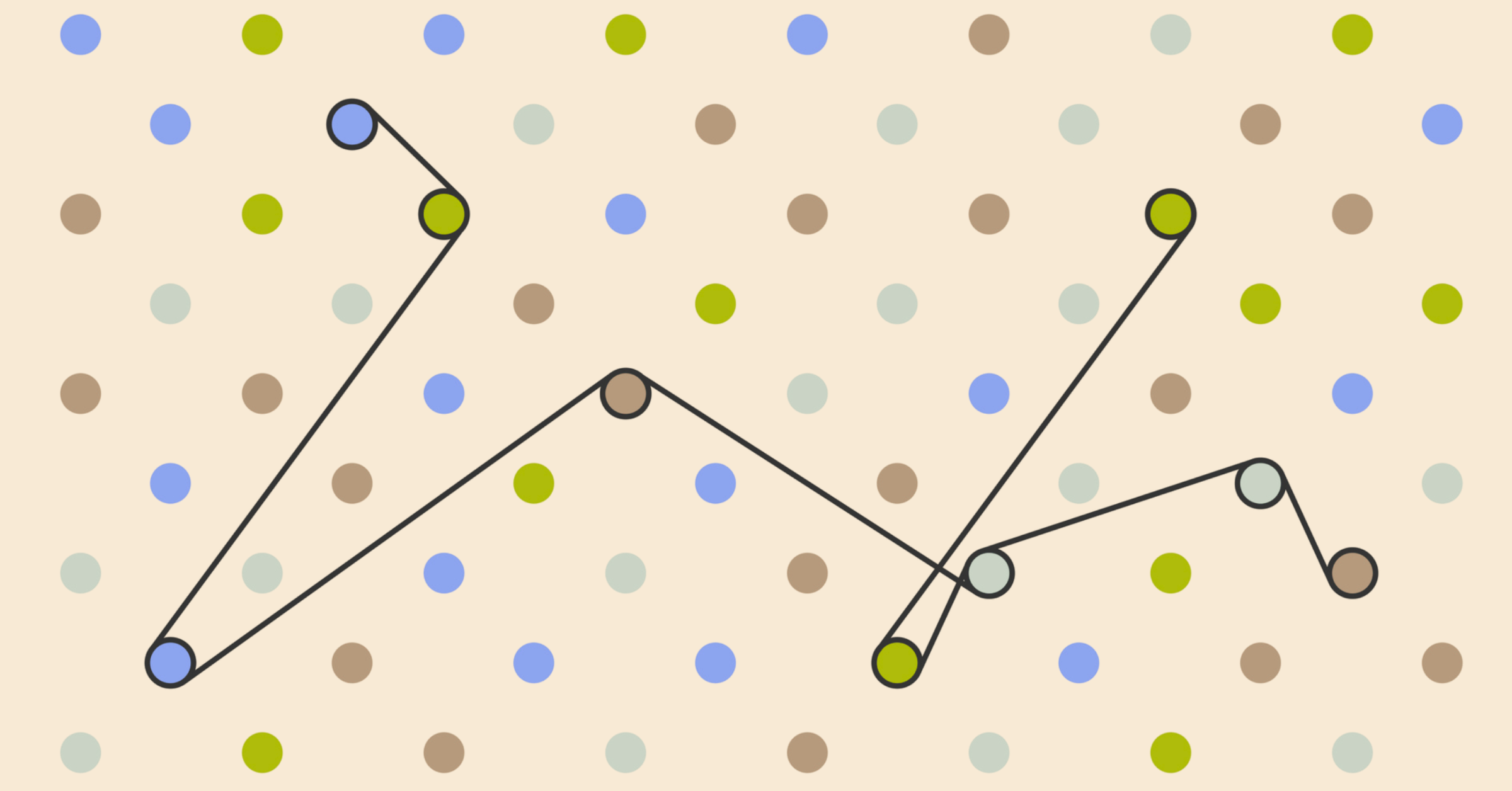Since that economics 101 class in high school we've been told that to retire comfortably all you need to do is invest in a 401(k) or some sort of long-term savings account. And for many people, experts say tucking away at least 15% of your income starting at 25 is enough to retire by age 67 — that's unless you're a woman. What your financial advisor doesn't tell you, is that due to experiencing lifelong gender biases including earning less than men, investing less, and bearing the brunt of caregiving responsibilities, women cannot save as much as men do over the same lifetime.
On average, women working full-time, year-round earn 84 cents for every man's dollar, with women of color being paid even less. Over the course of a 40-year career, this amounts to nearly $400,000 in lost wages, according to the National Women's Law Center. For Latina, Native American, and Black women, this amounts to nearly $1 million or more — an amount they will never be able to make up in a lifetime.
''That level of income loss clearly has an impact on the wealth gap, and on women's ability to pay off things like student loans, to contribute to the economic livelihood of their communities, and to enjoy the standards of basic life necessities,''says Gloria Blackwell, CEO of the American Association of University Women. ''When you take into account those high numbers, it also contributes to the fact that more women than men live in poverty during retirement because with the gap in earnings they're unable to save and invest at the levels they would be able to if they were paid fairly.''
How Lost Wages Compound Over Time
Blackwell explains that the pay gap begins as soon as women leave college, with data from the National Association of Colleges and Employers showing that women who graduated in 2023 earned an average starting salary of $52,500, compared to men in the same class being paid an average of $72,500.
''When individuals have a pay gap that starts early, it compounds throughout their career,'' says Blackwell. ''So for example, if you enter into a position and you're not being paid equitably, unfortunately employers tend to utilize that salary when you move up in your career. And although there has been some legislation indicating that employers can no longer request your salary history in the hiring process, that doesn't mean that it takes place across all professions or in all states.''Right now, 22 states and 22 city jurisdictions have outlawed pay history questions during interviews.
The True Cost of Taking a Career Break
Blackwell points out that as women advance at work, not only does the pay gap remain an obstacle, but so does bias around women starting families and caring for loved ones. ''I think one of the major challenges is that the American workplace is really modeled on an antiquated notion of how families work,'' she says. ''They still think that it's based on the idea that there's one main breadwinner, usually a male, and one partner, usually a female, who shoulders most of the domestic chores. So this paradigm really does make it much harder for women to thrive.”
In the United States, 40% of families are led by mothers who are breadwinners, with women of color being more likely to be the primary income earner in their household. Yet, working moms face a pay gap that is larger than women overall, earning just 74 cents for every father's dollar. When we think about this motherhood penalty, Blackwell says it's important to note that many women also feel pressured to take a break in their career due to a lack of workplace support. Nearly 43% more women have a career break listed on their LinkedIn profile today, according to LinkedIn data.
When women, who are already underpaid, are forced to then take a career hiatus due to a lack of workplace flexibility, leave, and support, it can have a costly impact on their quality of life in retirement. Already, the average woman has 70% of the overall retirement income a man has due to the wage gap, reports AAUW. And for a 35-year-old woman, earning $100,000 a year who takes just one year off from work, Fidelity calculates that it could cost her approximately $212,936 more in lost retirement contributions and earnings at age 67.
Closing the Retirement Gap
According to Blackwell, there are things that both the government and individual company leaders can do to ensure women are able to earn, save, and invest their money fairly. At the government level, passing legislation that bans the salary history question and that forces employers to reveal salary ranges in job descriptions are key first steps to making sure women are paid fairly throughout their career. In the event that a leader is working in a state where there are no laws around pay transparency, then Blackwell says as an executive they can take charge in conducting their own regular pay audits. ''Leaders need to have data around compensation so that they can figure out where the gaps are,''she says, adding that doing so will provide employers with the information needed to be more transparent about pay ranges in the hiring process.
For women who are looking to take matters into their own hands when it comes to saving more for retirement, Fidelity suggests investing beyond your 401(k) and emergency fund. According to data, more than half of women have $20,000 or more sitting in cash rather than in a growth savings account, where your money is able to increase with the rate of inflation. Additionally, for any woman who has taken a career break, or who is contemplating one, experts say tucking away any money you make on your hiatus in a spousal IRA, or a traditional or Roth IRA, could be beneficial in the future.
''Let's be real clear though that it's about changing the systemic practices that continue to perpetuate the pay gap and its long-term impact,'' says Blackwell. ''It's really not about fixing women, but it's about fixing the system.''
*Editor's Note: This story was updated on March 7, 2024.



